#Kelleher Brix Vineyard Cabernet Sauvignon
Text
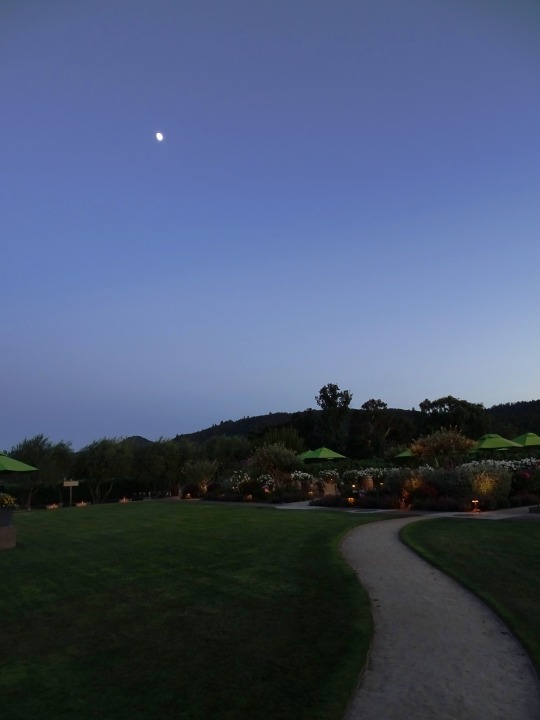



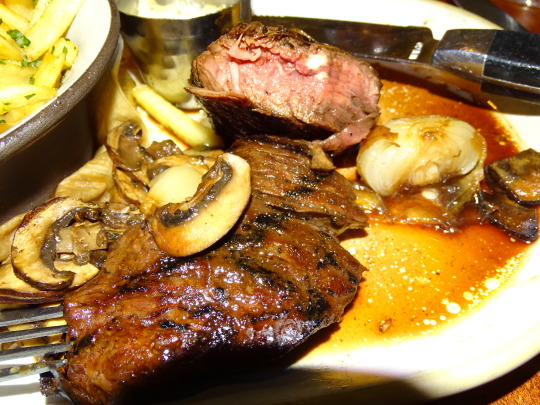
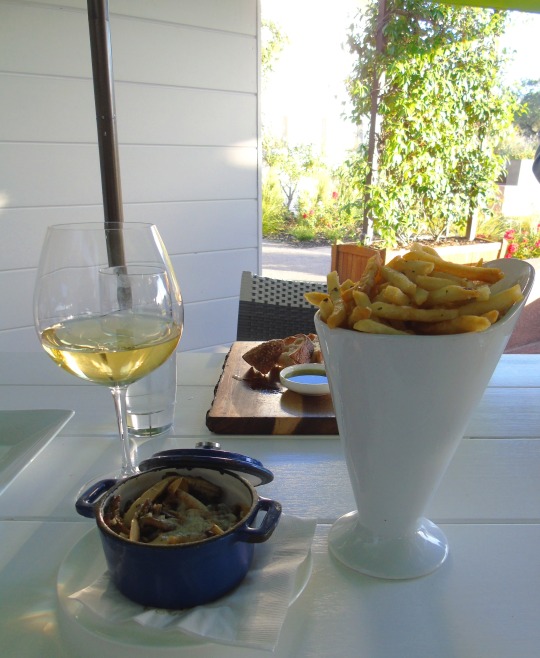


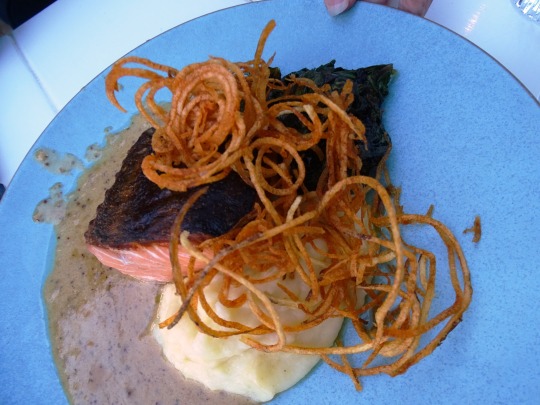
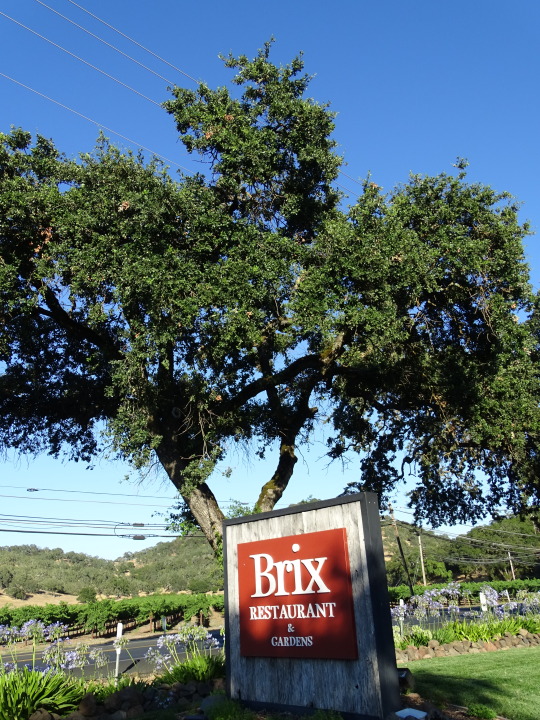

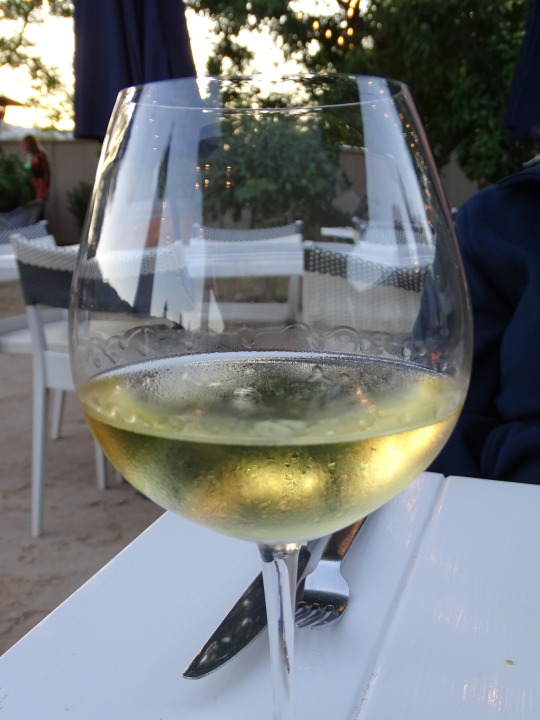
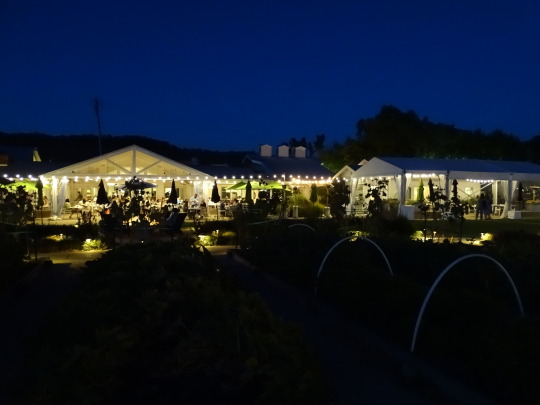




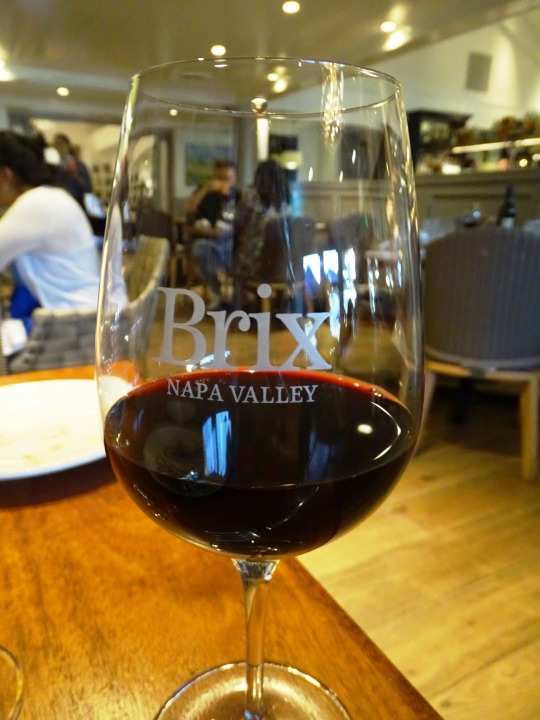
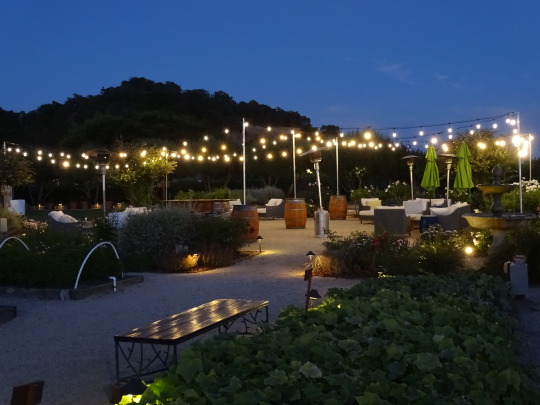
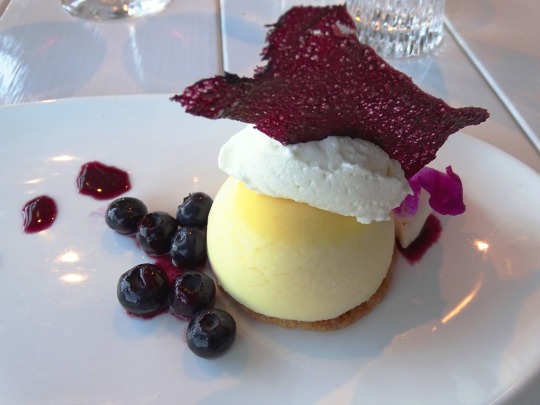








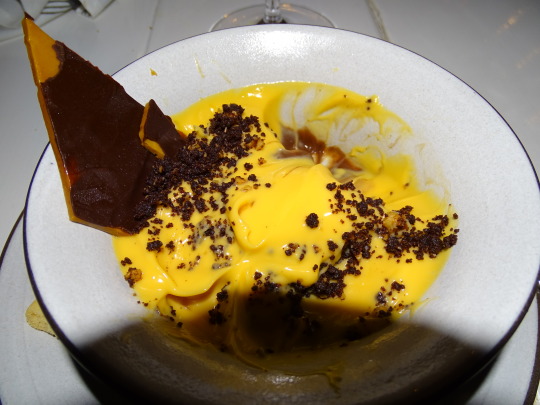
Brix Restaurant and Gardens in Yountville, California opened on March 28, 1996.
#Brix Restaurant and Gardens#opened#28 March 1996#anniversary#travel#Yountville#Napa Valley#summer 2017#2012#food#architecture#original photography#vacation#Kelleher Brix Vineyard Cabernet Sauvignon#nature#wine#don't drink and drive#evening light#Tempura Fried Green Beans#USA#landmark#landscape#cityscape#2019#2022#2023#one of my favorite restaurants#West Coast#US history#appetizer
10 notes
·
View notes
Text

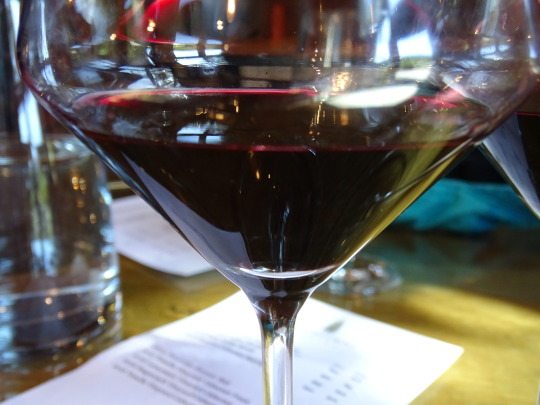


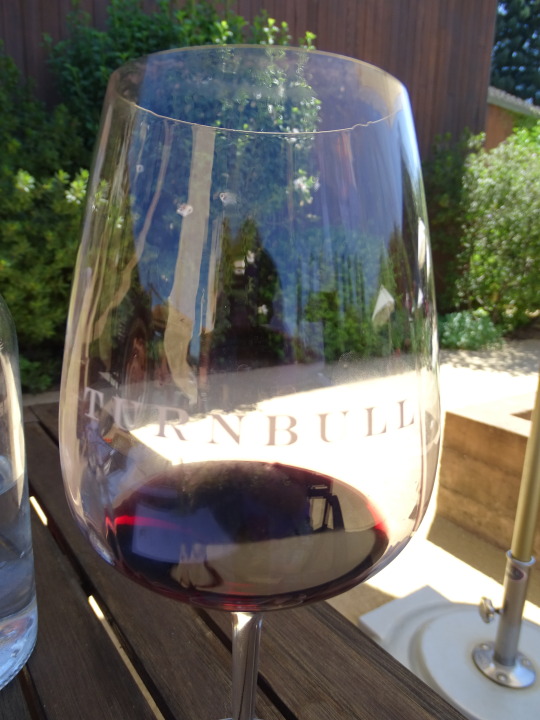
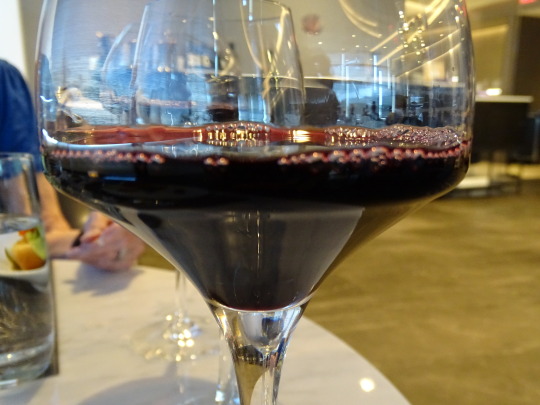




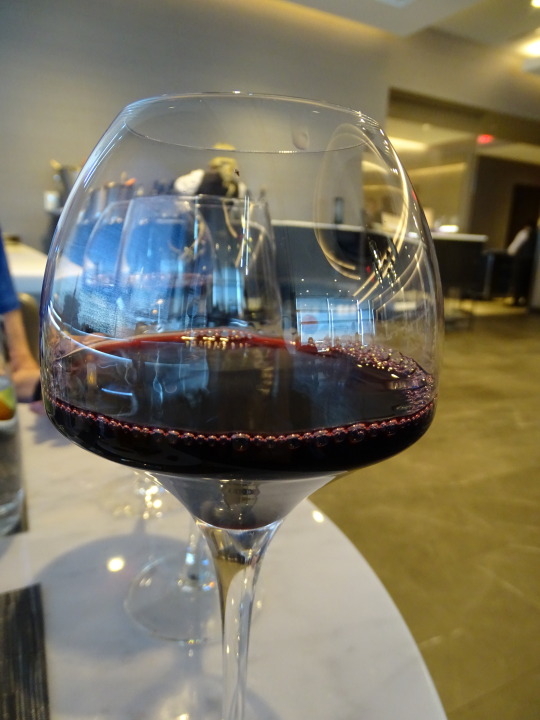

International Cabernet Sauvignon Day
The world celebrates International Cabernet Sauvignon day every year on August 30. This holiday honors the fine quality and the deep berry flavor that have come to define Cabernet Sauvignon wines. This grapevine variety dates back to the 17th century, the offspring of a chance crossing between the Cabernet Franc and Sauvignon blanc. Cabernet Sauvignon is now one of the most renowned grape varieties, and synonymous with class and refined taste. Overall, Cabernet Sauvignon deserves more than just a day to celebrate its enduring legacy.
History of International Cabernet Sauvignon Day
Red wine is perhaps one of the oldest beverages known to man. It’s no wonder that Pliny The Elder, a Roman historian, coined the phrase ‘In Vino Veritas’ which translates to ‘In wine, there is truth.’ Up until the mid-90s, most people believed that Cabernet Sauvignon was the renowned ancient Roman wine. Although today we understand the history of this grapevine variety and how it was created, the allure and mystique of Cabernet Sauvignon wine has not diminished.
In the 17th century, an accidental crossing of Cabernet Franc and Sauvignon blanc gave the world its first taste of what would later become a staple for wine lovers and winemakers alike. Then, in the 1800s, Cabernet Sauvignon saw its first rise in popularity, particularly in France. Winemakers were consistently looking for grapevine varieties that were resistant to weather changes and easy to grow. The rich and dark fruit flavor that characterized most Cabernet Sauvignon wines became highly sought after by wine enthusiasts, and the grape quickly rose to the status of noble grape.
The Bordeaux wine region became the hub of Cabernet Sauvignon production. Nowadays, this variety is produced by most wine-producing regions. Today, France, Italy, the U.S., and many Latin American countries are among the top producers of Cabernet Sauvignon. In 2009, marketing guru, and Cabernet Sauvignon aficionado, Rick Bakas organized the first International Cabernet Sauvignon day. The purpose of the celebration is to bring together the community of Cabernet aficionados and winemakers. Several countries, including Mexico, Canada, and South Africa, began observing this day shortly after.
International Cabernet Sauvignon Day timeline
17th Century First Cabernet Sauvignon Is Created
An accidental crossing of two grapevine varieties creates the first Cabernet Sauvignon.
1820s Rising Popularity
Cabernet Sauvignon becomes a grapevine of choice by producers in Europe.
1880s Oldest Cabernet Sauvignon Planting
Penfold’s establishes Kalimna Block 42 in South Australia, the oldest Cabernet Sauvignon planting to date.
2009 First Cabernet Sauvignon Day
Rick Bakas organizes the first International Cabernet Sauvignon Day in the U.S.
International Cabernet Sauvignon Day FAQs
What is special about Cabernet Sauvignon?
Cabernet Sauvignon is considered one of the noble grape varieties, grown internationally and preferred by consumers. It is also easy to grow and resistant which makes it relied upon by many producers.
Why is it Called Cabernet Sauvignon?
The Cabernet Sauvignon grapevine is the offspring of Cabernet Franc and Sauvignon blanc. Sauvignon is believed to be derived from the French word ‘Sauvage,’ meaning ‘wild.’ Cabernet Sauvignon would translate as Wild Cabernet.
What does Cabernet Sauvignon taste like?
Cabernet Sauvignon has several sub-varieties and has been crossed with other grapevines, giving several distinctive tastes. Generally, Cabernet Sauvignon wines have dark fruit undertones of black cherry, and sometimes green bell pepper. Cabernet Sauvignon wines can also have a wood and vanilla aroma, as it is aged in oak barrels.
International Cabernet Sauvignon Day Activities
Invest in a quality vintage
Read about the history
Go to cabernet sauvignon tasting or wine country
Although Cabernet Sauvignon wines are generally associated with fancy restaurants and expensive wine retreats, they are not always as expensive. Grab a bottle of a budget-friendly Cabernet Sauvignon blend and enjoy good company on this holiday.
The history of Cabernet Sauvignon is essentially that of modern wine culture. This variety is not the oldest in the world but is an essential one. Reading about its history can be a fruitful and engaging experience for wine lovers.
Cabernet Sauvignon is one of the most popular grapevine varieties among wine lovers and producers alike. So, it wouldn’t be difficult to find a wine estate or tasting dedicated to Cabernet Sauvignon vines.
5 Interesting Facts About Cabernet Sauvignon
Most widely planted grape vine
France is the top producer
Cabernet Sauvignon is a relative of Merlot
Its origins were discovered in 1996
Higher levels of aroma compounds
Cabernet Sauvignon is the most widely planted grapevine in the world, surpassing the Spanish variety Airén in 2014.
France has always been a center of wine production and is the largest producer of Cabernet Sauvignon with over 55,000 hectares.
It is often blended with Merlot, and most people can hardly tell the difference between the two.
A group of scientists at U.C. Davis used D.N.A. typing for the first time to study the parentage of Cabernet Sauvignon, which had previously been obscure
Cabernet Sauvignon is noted for higher levels of pyrazine, an aroma compound, which is why Cabernet Sauvignon wines have a rich dark fruit flavor.
Why We Love International Cabernet Sauvignon Day
It is a staple wine
It has health benefits
It pairs well with food
Cabernet Sauvignon is often regarded as one of the best wines. It is indeed a necessity for every wine lover. It is, without a doubt, a must-have for any wine enthusiast. If you're not sure what wine to try, Cabernet Sauvignon is almost always a good bet.
Cabernet Sauvignon is noted for its health benefits. Other than aiding the digestion process, and blood circulation, moderate amounts of red wine, particularly Cabernet Sauvignon, can also reduce risk factors associated with Alzheimer’s.
As with most wine varieties, pairing with food certainly complements the culinary experience. Cabernet Sauvignon is widely paired with a variety of foods from steaks, mushrooms, and different kinds of cheese.
Source
#International Cabernet Sauvignon Day#30 August#InternationalCabernetSauvignonDay#Turnbull Wine Cellars#Brix Restaurant & Gardens#Kelleher Family Vineyard#Beringer Vineyards#Louis M. Martini Winery#Sequoia Grove Winery#Merchant logo#Freemark Abbey Winery#St. Francis Winery & Vineyards#Napa Valley#Sonoma#California#wine tasting#summer 2023#travel#original photography#vacation#tourist attraction#don't drink and drive
1 note
·
View note
Text


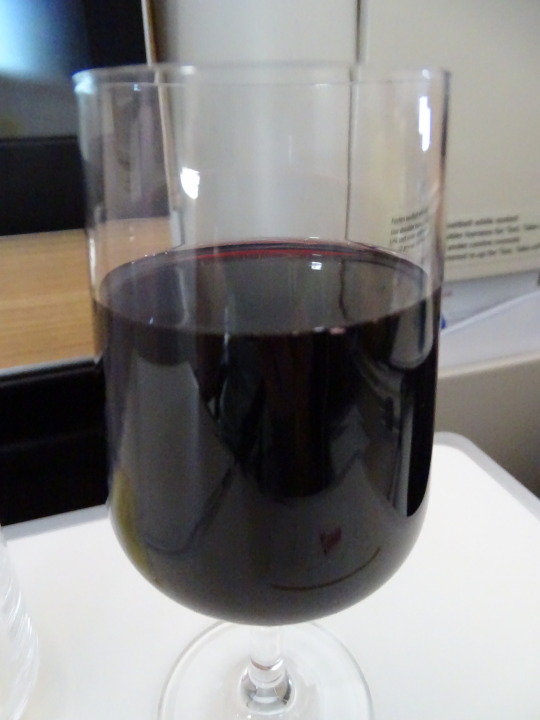
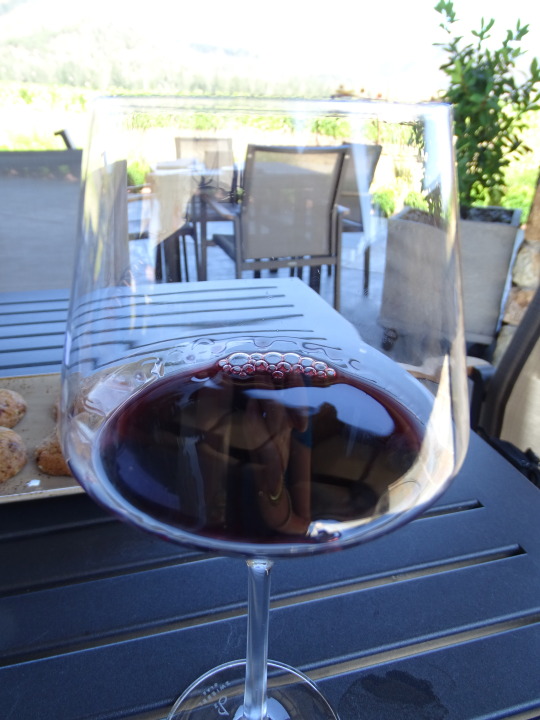

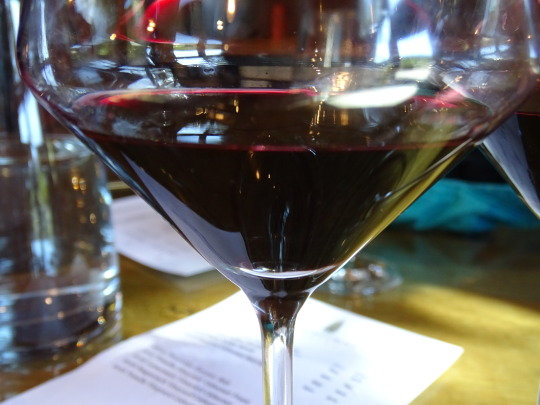
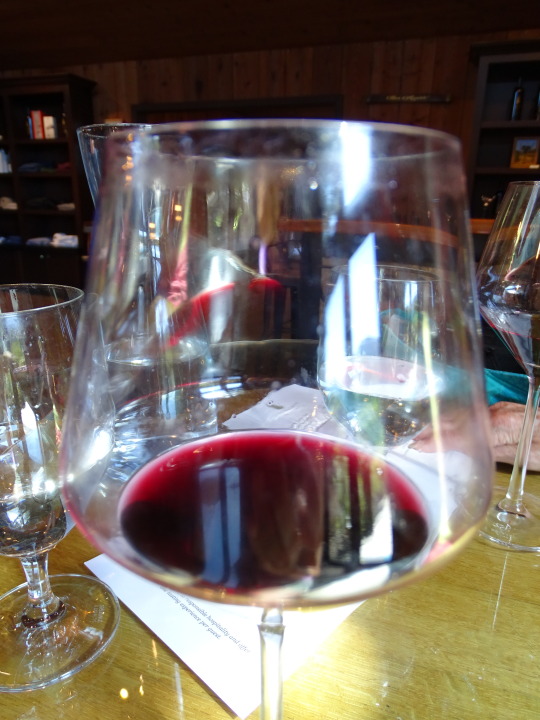
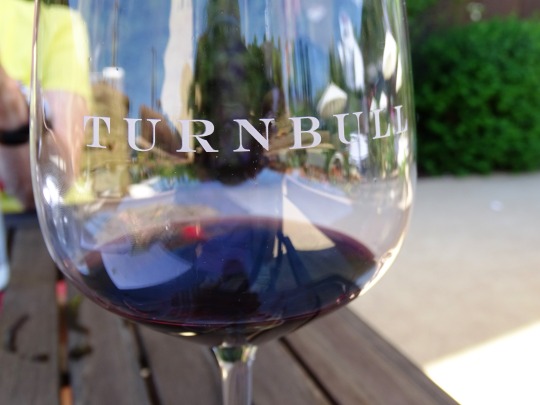




National Red Wine Day
Pour a lovely glass of Bordeaux, take a sip of a Cabernet Sauvignon or open a bottle of Shiraz because it’s time for National Red Wine Day!
History of National Red Wine Day
National Red Wine Day is an ideal time to take a look at the past of the red wine industry and see how it developed into modern times.
Wine’s history goes back several thousand years. It is estimated that Chinese people in the Henana province may have been the first ones to create something like red wine, perhaps around 7000 BC. This would have been a drink that was made of wild grapes as well as honey and rice as well as hawthorn fruit. The concoction was stored in clay jars with yeast on the skins causing it to be fermented.
The history of wine continues through the centuries. A recent discovery in 2007 in Armenia dates the first winery in the world at around 6100 BC. This earliest, prehistoric form of wine production took place in a cave was discovered by archaeologists from Armenia as well as Ireland.
Since ancient times, red wine has been part of many cultures throughout the world. As civilization has developed, so has the technology for growing the right grapes and turning it into this delicious beverage. Through the old world and the new world, red wine has come to be more than simply a drink, but it also symbolizes transformation, happiness and friendship, as well as sustenance and life.
National Red Wine Day symbolizes all of these and more. It was founded in 2014 by Jace Shoemaker-Galloway with the idea of celebrating the beauty of magnificence that is red wine. As the grapes begin to ripen and autumn begins to loom large, National Red Wine Day offers a time to enjoy and celebrate.
National Red Wine Day Timeline
6000 BC Red Wine is made in South Caucasus
People in Georgia discover that red wine can be made by burying grape juice underground during the winter.
3100 Ancient Egyptians make wine
Early versions of red wine are made from red grapes in ancient Egypt, coming along with superstitions about red wine as it resembles blood.
71 AD Bordeaux Wines are first recorded
Pliny the Elder makes the first written recorded evidence of vineyards in Bordeaux, which is in modern-day France.
1619 French grape cultivation begins in Virginia
Bringing their grapevines from France, the French cultivate their grapes in Virginia.
2014 National Red Wine Day begins
Founded by Jace Shoemaker-Galloway, the first Red Wine Day is celebrated on August 28 of this year.
How to Celebrate National Red Wine Day
Enjoying and celebrating National Red Wine Day is really no trouble at all! Don’t forget to share the experience with family and friends. Try out some of these ideas to make the most of National Red Wine Day:
Drink a Glass of Red Wine
If this isn’t the perfect day to enjoy a glass of red wine, then what is?! Whether opening up a bottle of Merlot to enjoy at home with dinner, or going out to order a glass of Cabernet Sauvignon, National Red Wine Day offers a special opportunity to pay honor to this alcoholic beverage that is both ancient and modern.
Head Out to a Wine Tasting or Vineyard (or Both!)
National Red Wine Day is the ideal time to schedule a trip to wine country to enjoy a tour or a wine tasting. A visit to a vineyard would be amazing, whether it is Texas Hill Country, Arizona’s Valle Verde or Northern & Central Virginia where grapes for America’s first red wines were originally grown. Of course, California produces about 80% of the wine in the United States, so Sonoma County, Napa Valley, Santa Barbara County and Edna Valley might make the visit to a vineyard even more accessible.
Learn More About Red Wine
Use National Red Wine Day to celebrate and take advantage of opportunities to learn more about this unique beverage. A nice way to start might be to learn a bit about the different kinds of red wine. Take a look at these varieties and try one out in honor of the day:
Merlot
Cabernet Sauvignon
Malbec
Pinot Noir
The second most planted grape in the world, Merlot is an easy wine to drink. It’s rather fruity and has a wide range of flavors, from black berries and black cherries to plums and cocoa, from herbs and graphite to vanilla and cedar. It’s a versatile wine that is great for beginners to enjoy and experience. Merlot is a red wine that is lovely to drink while eating poultry such as chicken or duck.
This is the most planted grape on the planet and it is easy to see why it is so beloved. Cabernet is a fairly safe wine that is easy to share at a table because almost everyone will enjoy it. It might have a fruity taste, with French versions showing as a bit more herby. Cabernet Sauvignon is a red wine that is great when paired with meats.
While the grapes for Malbec wine were originally grown in France, most of this variety that is produced today comes from Argentina. With its deep purple color and fruity flavors of plum and cherry, many people enjoy the ending flavors that offer a hint of smoke. Malbec is a red wine that goes well when paired with lean meats as well as with spicy foods like Indian or Mexican.
This delicate red wine offers a lighter body that is less shocking and pushy. It has a silky feel in the mouth and often has a bright berry taste, similar to raspberries or cranberries. Pinot Noir is a red wine that, surprisingly, is delicious when paired with fish, like salmon dishes or sushi.
Make a Playlist of “Red Wine” Songs
Try out some of these red wine themed songs to create a playlist in honor of National Red Wine Day:
Red, Red Wine by UB40 (1983). This classic eighties classic song is typically remembered for its funky sound, but it’s actually a cover from a Neil Diamond Song from 1967.
Melva’s Wine by Johnny Cash (1972) A country music song by musical legend Johnny Cash, Melva’s Wine is a song remembering the batch of wine made by a woman from the singer’s past.
Old Red Wine by The Who (2004). Written by Pete Townsend in memory of John Entwistle who had been a bass player for the band. Entwistle, who died in 2002 just before this song was written, was a lover of red wine.
Cherry Red Wine by Luther Allison (1995). A blues bass guitarist, Luther Allison plays and sing this song that is mostly a blend of his super fantastic guitar riffs and some minimal lyrics.
National Red Wine Day FAQs
Is red wine good for you?
Drinking an occasional glass of red wine might be healthy, with antioxidants that protect against heart disease and inflammation.
How many calories in a glass of red wine?
A 100 gram glass of red wine contains approximately 85 grams.
Can red wine go bad?
An unopened bottle of red wine can last 2-3 years past the expiration date printed on the bottle.
Does red wine need to be refrigerated after opening?
Yes! Refrigerating red wine slows down the chemical processes that make wine spoil.
Is red wine keto?
People on a keto diet can drink a very dry red wine in moderation on their keto diet.
Source
#National Red Wine Day#Beringer Vineyards#Kelleher Family Vineyard#Freemark Abbey Winery#St. Francis Winery & Vineyards#Turnbull Wine Cellars#Louis M. Martini Winery#Brix Restaurant & Gardens#NationalRedWineDay#Merlot#Cabernet Sauvignon#Pinot Noir#summer 2023#Napa Valley#Sonoma Valley#California#travel#vacation#original photography#28 August#don't drink and drive#USA
0 notes
Photo
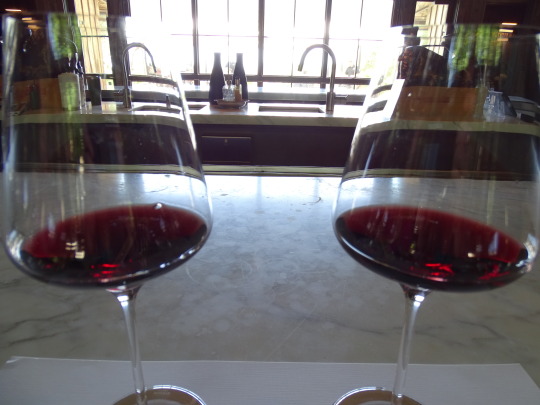






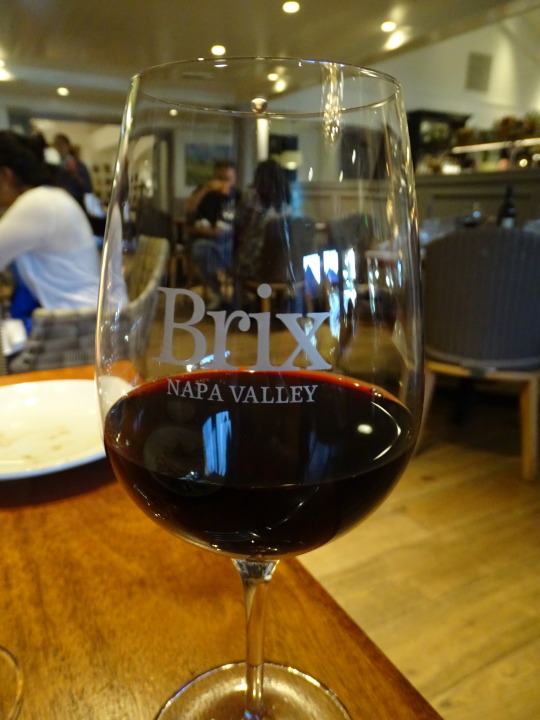


International Cabernet Sauvignon Day
The world celebrates International Cabernet Sauvignon day every year on August 30. This holiday honors the fine quality and the deep berry flavor that have come to define Cabernet Sauvignon wines. This grapevine variety dates back to the 17th century, the offspring of a chance crossing between the Cabernet Franc and Sauvignon blanc. Cabernet Sauvignon is now one of the most renowned grape varieties, and synonymous with class and refined taste. Overall, Cabernet Sauvignon deserves more than just a day to celebrate its enduring legacy.
History of International Cabernet Sauvignon Day
Red wine is perhaps one of the oldest beverages known to man. It’s no wonder that Pliny The Elder, a Roman historian, coined the phrase ‘In Vino Veritas’ which translates to ‘In wine, there is truth.’ Up until the mid-90s, most people believed that Cabernet Sauvignon was the renowned ancient Roman wine. Although today we understand the history of this grapevine variety and how it was created, the allure and mystique of Cabernet Sauvignon wine has not diminished.
In the 17th century, an accidental crossing of Cabernet Franc and Sauvignon blanc gave the world its first taste of what would later become a staple for wine lovers and winemakers alike. Then, in the 1800s, Cabernet Sauvignon saw its first rise in popularity, particularly in France. Winemakers were consistently looking for grapevine varieties that were resistant to weather changes and easy to grow. The rich and dark fruit flavor that characterized most Cabernet Sauvignon wines became highly sought after by wine enthusiasts, and the grape quickly rose to the status of noble grape.
The Bordeaux wine region became the hub of Cabernet Sauvignon production. Nowadays, this variety is produced by most wine-producing regions. Today, France, Italy, the U.S., and many Latin American countries are among the top producers of Cabernet Sauvignon. In 2009, marketing guru, and Cabernet Sauvignon aficionado, Rick Bakas organized the first International Cabernet Sauvignon day. The purpose of the celebration is to bring together the community of Cabernet aficionados and winemakers. Several countries, including Mexico, Canada, and South Africa, began observing this day shortly after.
International Cabernet Sauvignon Day timeline
17th Century First Cabernet Sauvignon Is Created
An accidental crossing of two grapevine varieties creates the first Cabernet Sauvignon.
1820s Rising Popularity
Cabernet Sauvignon becomes a grapevine of choice by producers in Europe.
1880s Oldest Cabernet Sauvignon Planting
Penfold’s establishes Kalimna Block 42 in South Australia, the oldest Cabernet Sauvignon planting to date.
2009 First Cabernet Sauvignon Day
Rick Bakas organizes the first International Cabernet Sauvignon Day in the U.S.
International Cabernet Sauvignon Day FAQs
What is special about Cabernet Sauvignon?
Cabernet Sauvignon is considered one of the noble grape varieties, grown internationally and preferred by consumers. It is also easy to grow and resistant which makes it relied upon by many producers.
Why is it Called Cabernet Sauvignon?
The Cabernet Sauvignon grapevine is the offspring of Cabernet Franc and Sauvignon blanc. Sauvignon is believed to be derived from the French word ‘Sauvage,’ meaning ‘wild.’ Cabernet Sauvignon would translate as Wild Cabernet.
What does Cabernet Sauvignon taste like?
Cabernet Sauvignon has several sub-varieties and has been crossed with other grapevines, giving several distinctive tastes. Generally, Cabernet Sauvignon wines have dark fruit undertones of black cherry, and sometimes green bell pepper. Cabernet Sauvignon wines can also have a wood and vanilla aroma, as it is aged in oak barrels.
International Cabernet Sauvignon Day Activities
Invest in a quality vintage
Read about the history
Go to cabernet sauvignon tasting or wine country
Although Cabernet Sauvignon wines are generally associated with fancy restaurants and expensive wine retreats, they are not always as expensive. Grab a bottle of a budget-friendly Cabernet Sauvignon blend and enjoy good company on this holiday.
The history of Cabernet Sauvignon is essentially that of modern wine culture. This variety is not the oldest in the world but is an essential one. Reading about its history can be a fruitful and engaging experience for wine lovers.
Cabernet Sauvignon is one of the most popular grapevine varieties among wine lovers and producers alike. So, it wouldn’t be difficult to find a wine estate or tasting dedicated to Cabernet Sauvignon vines.
5 Interesting Facts About Cabernet Sauvignon
Most widely planted grape vine
France is the top producer
Cabernet Sauvignon is a relative of Merlot
Its origins were discovered in 1996
Higher levels of aroma compounds
Cabernet Sauvignon is the most widely planted grapevine in the world, surpassing the Spanish variety Airén in 2014.
France has always been a center of wine production and is the largest producer of Cabernet Sauvignon with over 55,000 hectares.
It is often blended with Merlot, and most people can hardly tell the difference between the two.
A group of scientists at U.C. Davis used D.N.A. typing for the first time to study the parentage of Cabernet Sauvignon, which had previously been obscure
Cabernet Sauvignon is noted for higher levels of pyrazine, an aroma compound, which is why Cabernet Sauvignon wines have a rich dark fruit flavor.
Why We Love International Cabernet Sauvignon Day
It is a staple wine
It has health benefits
It pairs well with food
Cabernet Sauvignon is often regarded as one of the best wines. It is indeed a necessity for every wine lover. It is, without a doubt, a must-have for any wine enthusiast. If you're not sure what wine to try, Cabernet Sauvignon is almost always a good bet.
Cabernet Sauvignon is noted for its health benefits. Other than aiding the digestion process, and blood circulation, moderate amounts of red wine, particularly Cabernet Sauvignon, can also reduce risk factors associated with Alzheimer’s.
As with most wine varieties, pairing with food certainly complements the culinary experience. Cabernet Sauvignon is widely paired with a variety of foods from steaks, mushrooms, and different kinds of cheese.
Source
#Ram's Gate Winery#St. Francis Winery & Vineyards#Cline Family Cellars#Beringer Vineyards#Charles Krug Winery#Freemark Abbey Winery#Brix Restaurant & Gardens#Kelleher Family Vineyard#Louis M. Martini Winery#Turnbull Wine Cellars#original photography#summer 2022#Napa Valley#Sonoma Valley#California#wine tasting#International Cabernet Sauvignon Day#30 August#InternationalCabernetSauvignonDay
0 notes
Photo


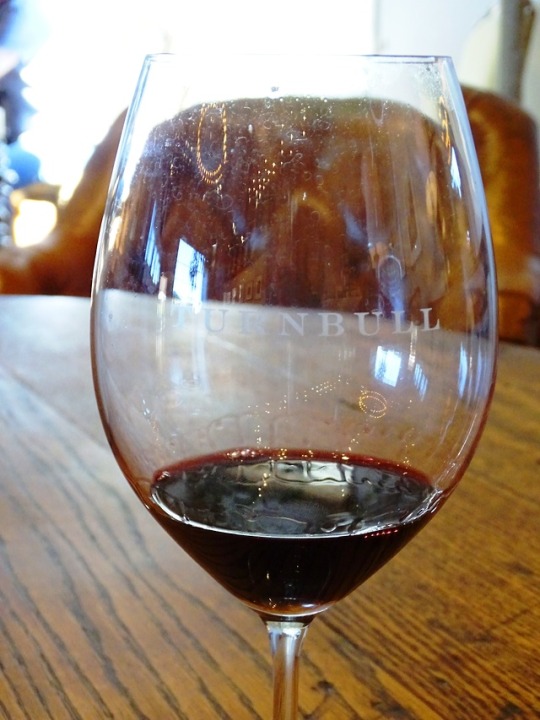


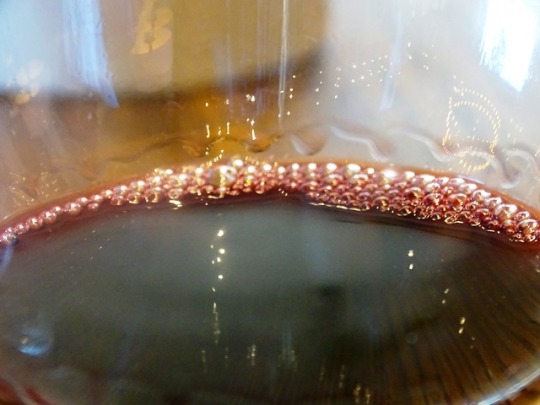



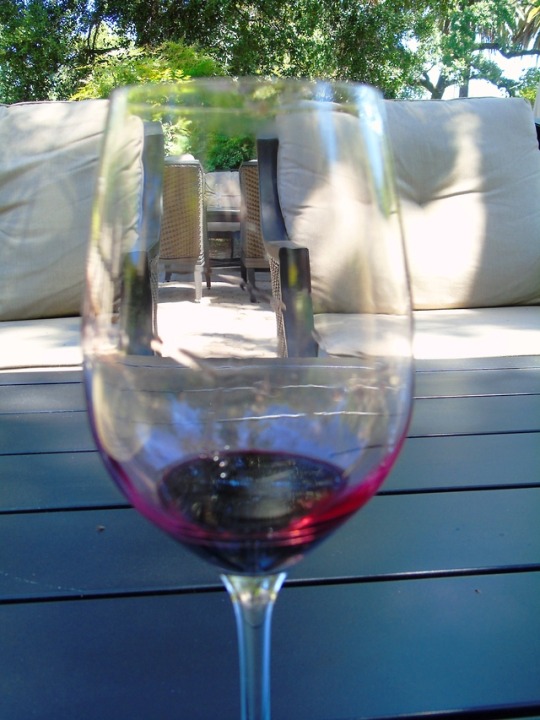
International Cabernet Sauvignon Day
Cabernet Sauvignon comes in all shapes and sizes that help create a vast array of wines and wine styles. Depending on the terroir Cabernet Sauvignon is grown in, stylistically, the wine can range from elegant and refined, to light and uninteresting to powerful, rich, opulent and forward.
International Cabernet Sauvignon Day is the perfect time to open a bottle and celebrate all things Cabernet. The August 30 celebration actually takes in all Cabernet based wine, so this could include Cabernet Franc as well. This means that all over the world, wine lovers are opening wines produced from Cabernet Sauvignon. Not that most of us need another reason to open a bottle of wine. I know I don’t.
Source
#International Cabernet Sauvignon Day#InternationalCabernetSauvignonDay#USA#Robert Mondavi Winery#Napa Valley#summer 2019#travel#vacation#original photography#California#don't drink and drive#Turnbull Wine Cellars#wine tasting#tourist attraction#indoors#outdoors#2017#Kelleher Brix Vineyard Cabernet Sauvignon#Brix Restaurant & Gardens#Beringer Vineyards
1 note
·
View note
Photo



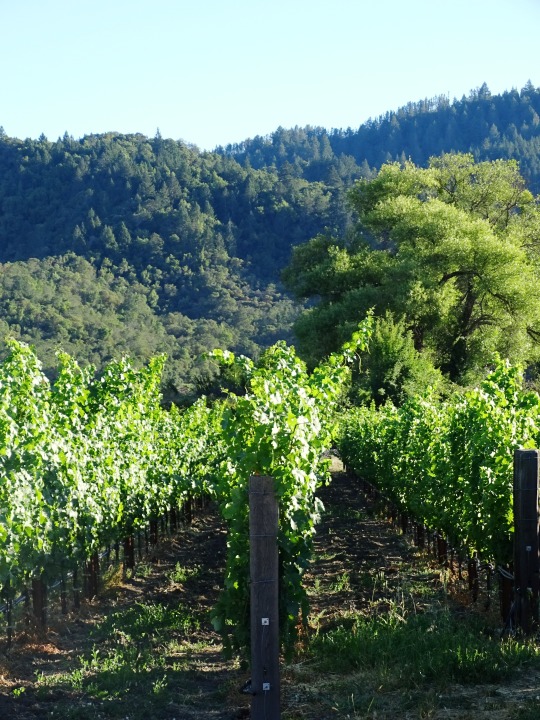




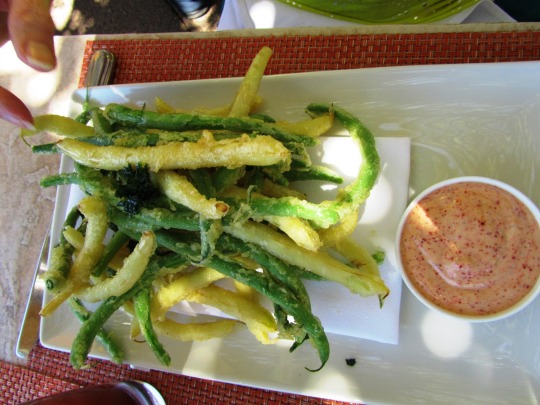

The Brix Restaurant and Gardens in Yountville opened on March 28, 1996.
#Brix Restaurant and Gardens#Brix Restaurant & Gardens#Yountville#travel#Napa Valley#28 March 1996#one of my favorite restaurants#patio eating#original photography#summer 2019#Niman Ranch Prime New York Strip#USA#food#Honey Sesame Glazed King Salmon#Truffle Fries with parmesan reggiano#Lemon Semifreddo#Tempura Fried Green Beans#Kelleher Family Vineyard’s Cabernet Sauvignon#excellent food & wine#2017#2012#vacation#25th anniversary#history
9 notes
·
View notes
Photo
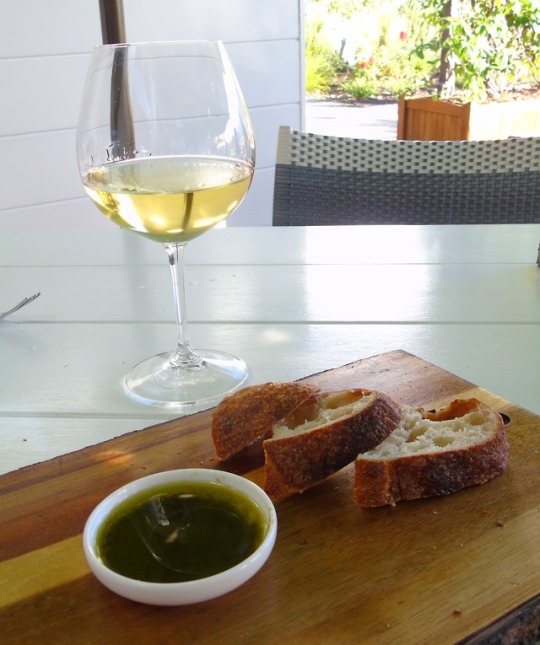

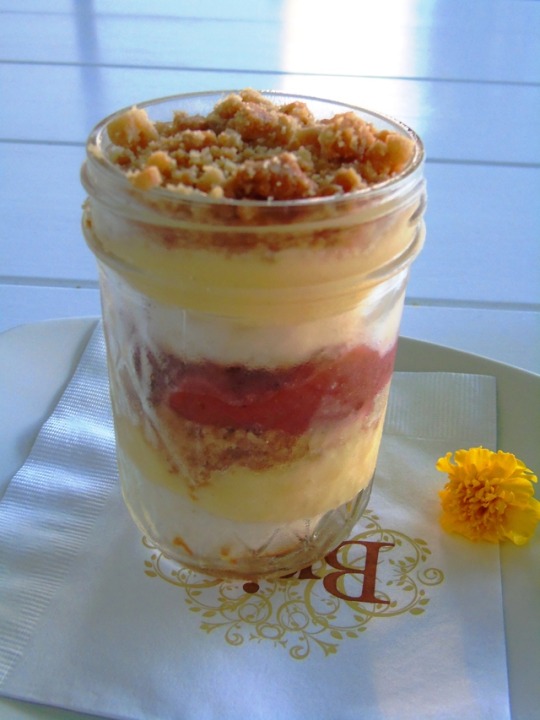
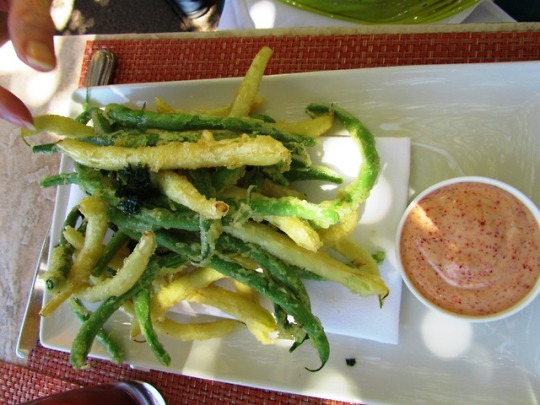




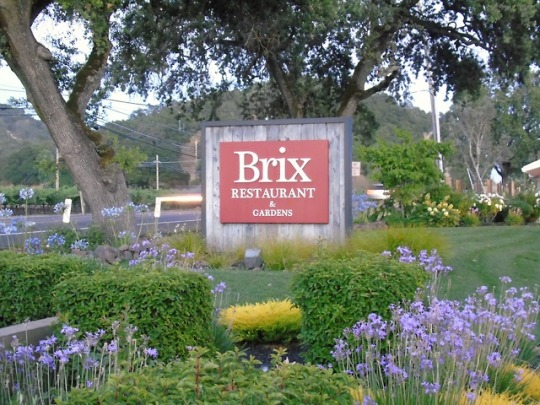

Brix Restaurant and Gardens in Yountville, California opened on March 28, 1996
#Brix Restaurant and Gardens#opened#28 March 1996#anniversary#travel#Yountville#Napa Valley#summer 2017#I'll be back next summer#2012#usa#food#architecture#Strawberry Rhubarb Parfait#original photography#vacation#Kelleher Brix Vineyard Cabernet Sauvignon#nature#wine#don't drink and drive#Chardonnay Frank Family Carneros#evening light#Tempura Fried Green Beans#Strawberry & Pistachio Gratin#Deviled Eggs with Californian Caviar
1 note
·
View note
Photo
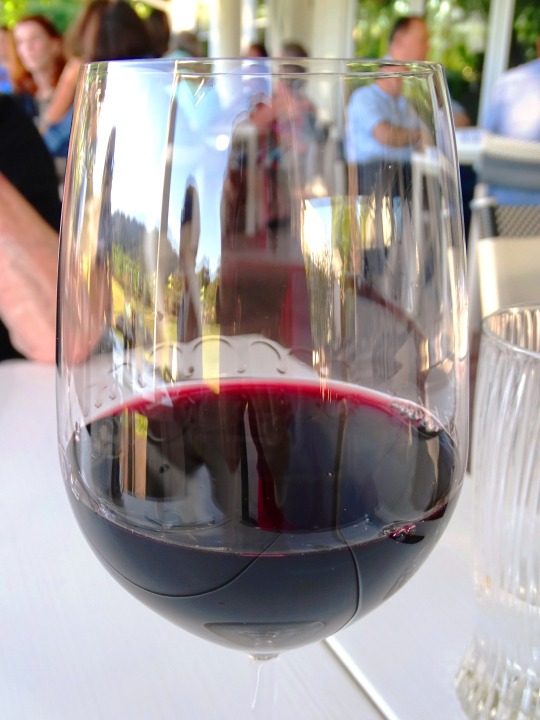

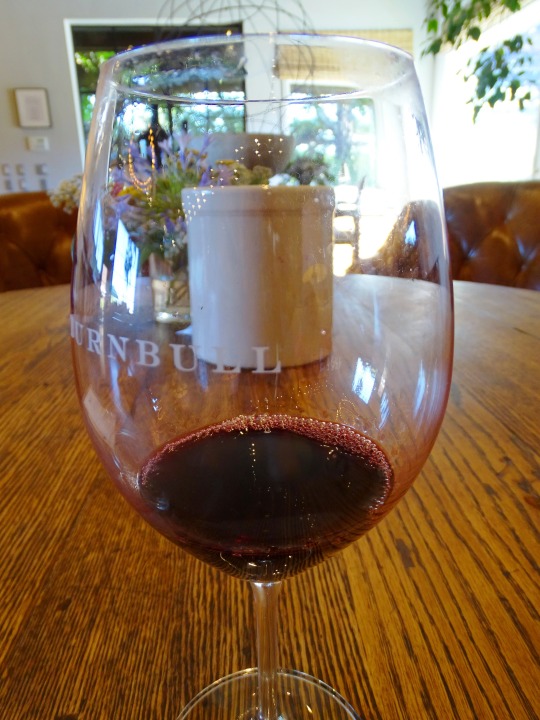

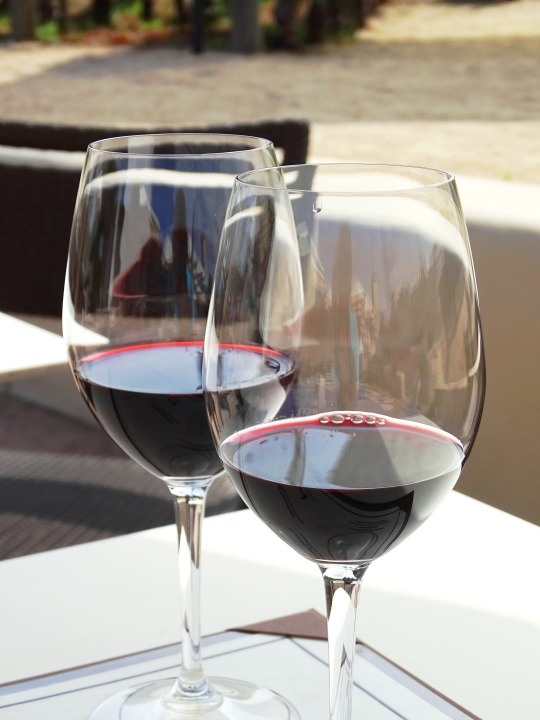
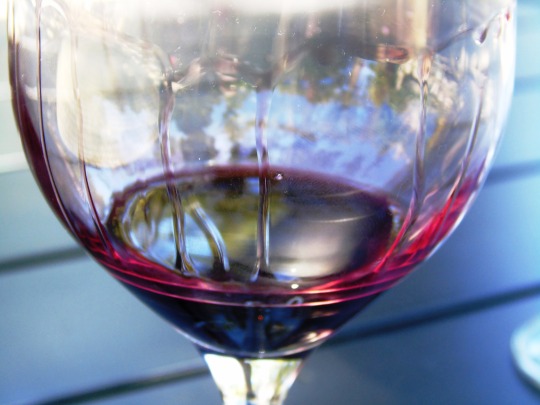
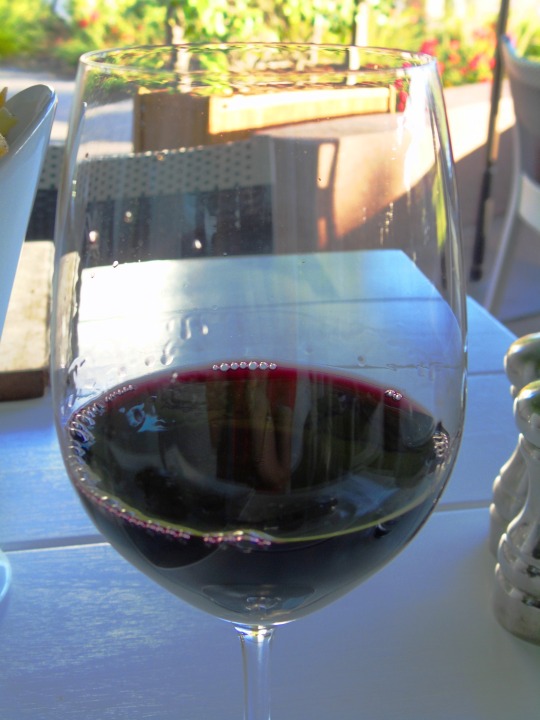


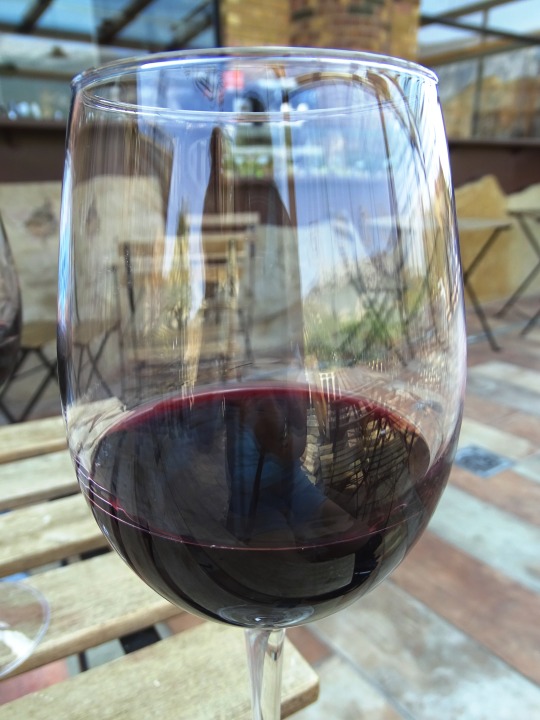
International Cabernet Sauvignon Day
Cabernet Sauvignon comes in all shapes and sizes that help create a vast array of wines and wine styles. Depending on the terroir Cabernet Sauvignon is grown in, stylistically, the wine can range from elegant and refined, to light and uninteresting to powerful, rich, opulent and forward.
International Cabernet Sauvignon Day is the perfect time to open a bottle and celebrate all things Cabernet. The August 30 celebration actually takes in all Cabernet based wine, so this could include Cabernet Franc as well. This means that all over the world, wine lovers are opening wines produced from Cabernet Sauvignon. Not that most of us need another reason to open a bottle of wine. I know I don’t.
Before you open your bottle of Cabernet, lets take a look at the history and character of wines produced from Cabernet Sauvignon.
Cabernet Sauvignon is planted all over the world in a myriad of climates. In France, Cabernet Sauvignon reaches its full potential in Bordeaux, especially in the Meodc as well as in Pessac Leognan. It is used to produce much of the world’s most expensive wine. It is also used to make a lot of inexpensive wine in France, as well as in other countries. In America, Cabernet Sauvignon achieves its finest expression in the Napa Valley. There are of course fans of the grape that claim that the style of wine emanating from the volcanic, stony soils in California is their favorite. And there are also numerous consumers that feel the same about the wines from the gravelly vineyards in the Left Bank of Bordeaux. Regardless, it’s always fun to taste and compare wines from either region.
Cabernet Sauvignon is the most famous red wine grape in the world, however, it was created relatively recently. At some point in the 17th century, French wine growers crossed Cabernet Franc and Sauvignon Blanc to create a unique grape with special flavors and tough, thick skins that made it easier to grow. The grape began earning a good reputation for producing strong wines of character in the 18th century. This was due to its success in the Bordeaux wine region. It seems to have first taken hold in the gravel based soils of Pauillac, the home of three of the five First Growth chateaux. Chateau Mouton Rothschild, then known as Chateau Brane Mouton and Chateau d’Armailhac were two of the first well-known Bordeaux wine producers to embrace Caberent Sauvignon. Today, Cabernet Sauvignon is the dominant grape in the Left Bank of Bordeaux. Cabernet Sauvignon is also the most important grape in Pessac Leognan, although it has competition with Merlot.
Source
#International Cabernet Sauvignon Day#InternationalCabernetSauvignonDay#Napa Valley#Robert Mondavi Winery#Turnbull Wine Cellars#California#Brix Restaurant & Gardens#Oakville#Yountville#St. Helena#travel#summer 2019#don't drink and drive#Beringer Vineyards#2017#Kelleher Family Vineyard’s Cabernet Sauvignon#red wine#30 August
0 notes
Photo
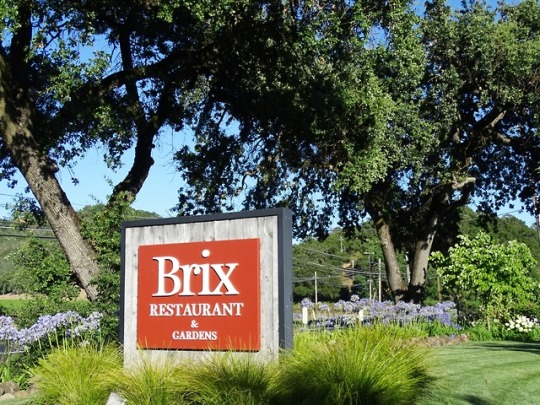



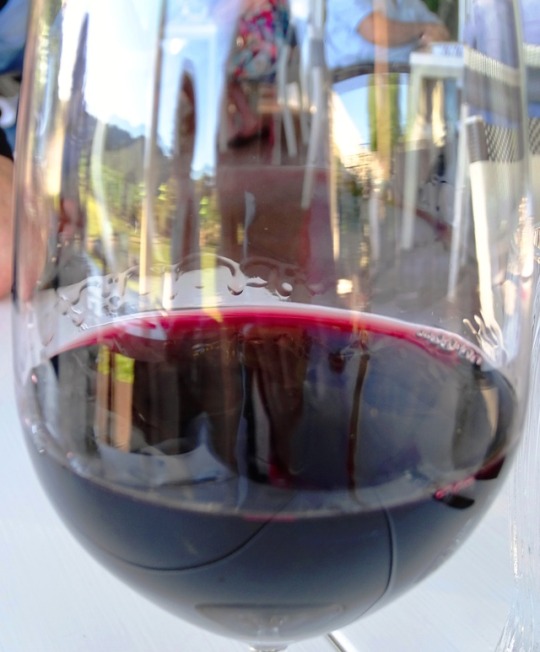

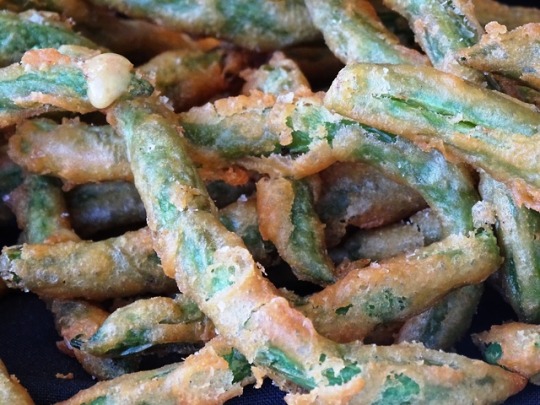

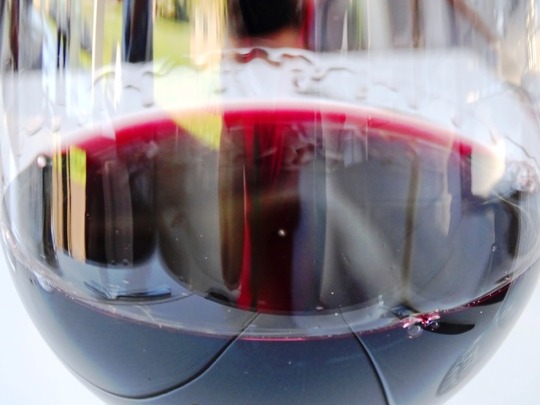
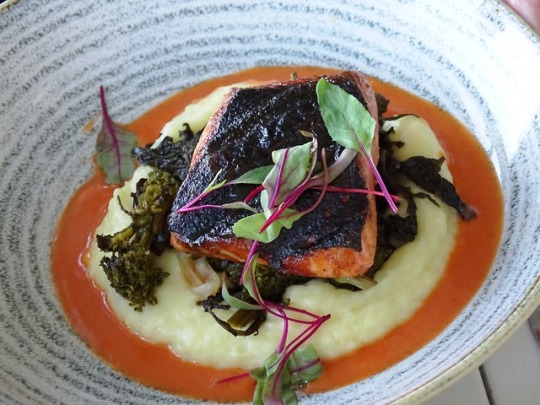
Brix Restaurant & Gardens, Yountville (No. 2)
The daily-changing, farm-to-table menu draws inspiration from the restaurant’s extensive gardens and traditions of the winemaking region of Northern California, accented by international technique.
Just a stone’s throw from the restaurant, diners find the crown jewels of the grounds at Brix: Our flower and vegetable gardens and our orchard. Comprised of raised boxed beds and in-ground beds, it grows crops year-round. Tiny salad greens, fava beans and strawberries in the spring; French beans, eggplant, tomatoes, berries and melons in the summer, apples and pears, hard squash, potatoes and fresh onions in the fall, and Meyer lemons and sweet limes, sweet peas, Brussels sprouts, cauliflower Romenesco and butter lettuce in the winter. It’s not unusual to see our chefs out in the garden, gathering bunches of fruits, vegetables and herbs for the day’s specials.
The Kelleher Family Vineyard is situated along Highway 29 in the famous Oakville Appellation in the heart of the Napa Valley.
We have 10 acres planted exclusively with Cabernet Sauvignon grapes and we have named this beautiful piece of land "Brix Vineyard", after our namesake restaurant "Brix".
We offer the Kelleher Family Vineyard Experience at Brix - a very special and intimate wine tasting set in our garden with a lunch pairing created by our Executive Chef.
Source
#Brix Restaurant & Gardens#Yountville#Napa Valley#USA#California#travel#excellent food and wine#one of the best restaurants#evening#vacation#summer 2019#white wine#SAUVIGNON BLANC Kelleher Family Vineyards#Sweet White Corn Soup#July 2019#Tempura Green Beans#spicy mustard sauce#CABERNET SAUVIGNON Cornerstone Benchlands#red wine#Niman Ranch Prime New York Strip#dinner#appetizer#entree#Honey Sesame Glazed King Salmon#original photography
0 notes
Photo






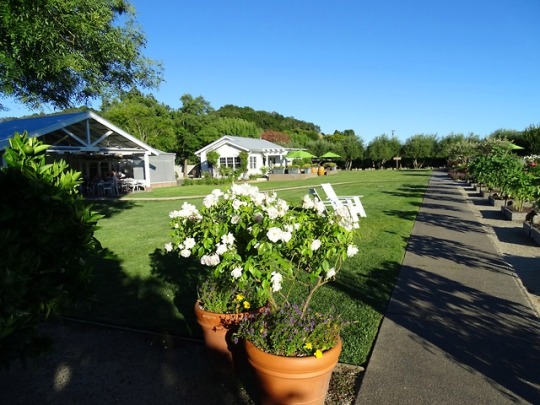

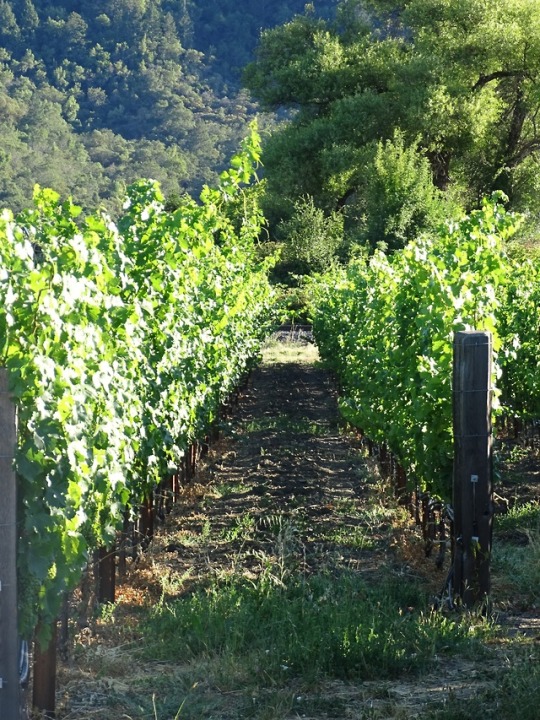
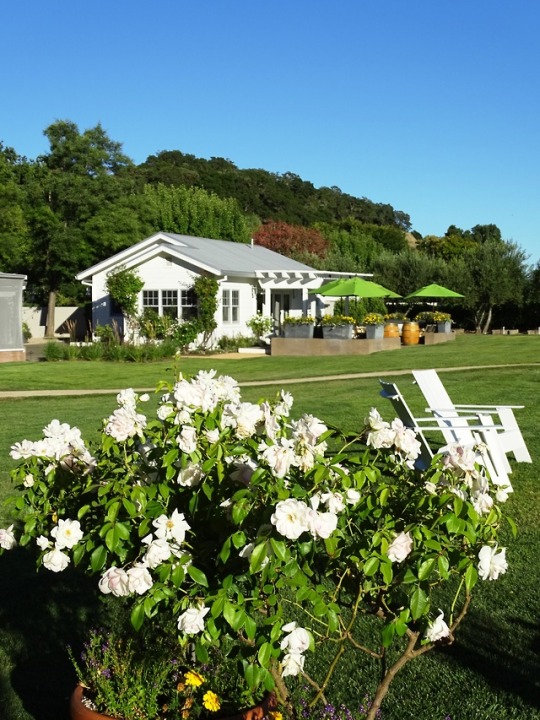
Brix Restaurant & Gardens, Yountville (No. 1)
Brix Restaurant and Gardens in Yountville, California opened on March 28, 1996 with a clear focus on providing a farm-to-table dining experience. More than two acres of gardens and orchards provide ingredients for a new menu inspired by the culinary traditions of Northern California, accented by international technique.
Owned by the Kelleher family, the restaurant’s name reflects the measurement of sugar levels at which the grapes for the Kelleher Family Vineyard’s Cabernet Sauvignon are harvested.
Our “Best of Award of Excellence” and Napa Valley Wine List Award wine list is California focused including hard-to-find bottlings and featuring winery exclusive Napa offerings. Our corkage policy is $20 per 750ml bottle, limited to one bottle per person per table with a maximum of 6 bottles. We waive one corkage for every bottle that is purchased from our list.
Set on 16 prime Napa Valley acres, the grounds are abundantly planted with vegetables and herbs in 25 raised beds. We also have a fruit and citrus orchard alongside extensive flowering gardens which we encourage you to explore. Last but not least, our Kelleher Family Vineyard is in the Oakville AVA and we bottle a highly rated estate grown Cabernet Sauvignon.
Source
#Brix Restaurant & Gardens#Yountville#Napa Valley#California#USA#travel#original photography#summer 2019#one of the best restaurants#evening#dinner#excellent food and wine#patio#outdoors#vacation#road trip#vineyards#Kelleher Family Vineyard’s Cabernet Sauvignon#raised beds#architecture#flower#herbs
0 notes
Photo
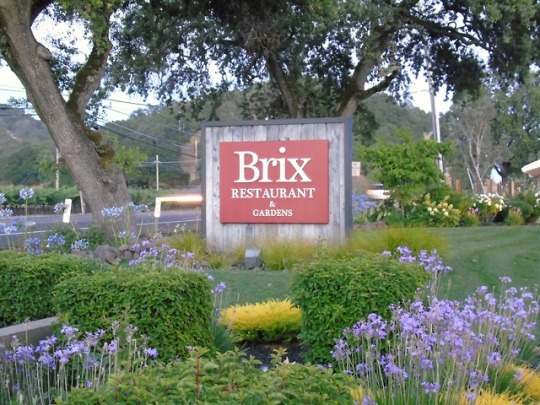


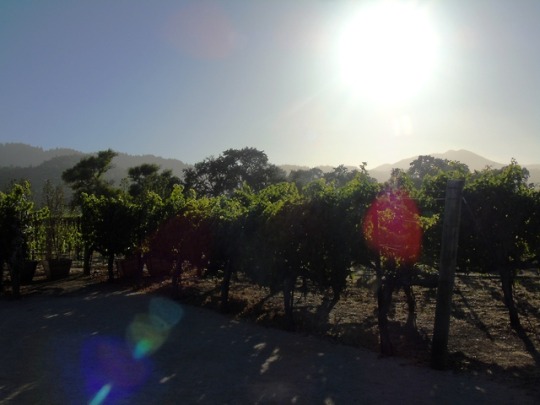






Brix Restaurant and Gardens, Yountville (No. 1)
Brix Restaurant and Gardens in Yountville, California opened on March 28, 1996 with a clear focus on providing a farm-to-table dining experience. More than two acres of gardens and orchards provide ingredients for a new menu inspired by the culinary traditions of the winegrowing regions in Southern France and Northern Italy.
Owned by the Kelleher family, the restaurant’s name reflects the measurement of sugar levels at which the grapes for the Kelleher Family Vineyard’s Cabernet Sauvignon are harvested.
Source
#Chardonnay Frank Family Carneros#Brix Restaurant and Gardens#nature#garden#tree#plants#flora#evening#vineyard#sun#Architecture#good food#good wine#drink responsibly#raised boxed beds#Yountville#Napa Valley#herbes#bread#olive oil#california#usa#summer 2017#photography#photoset#travel
0 notes